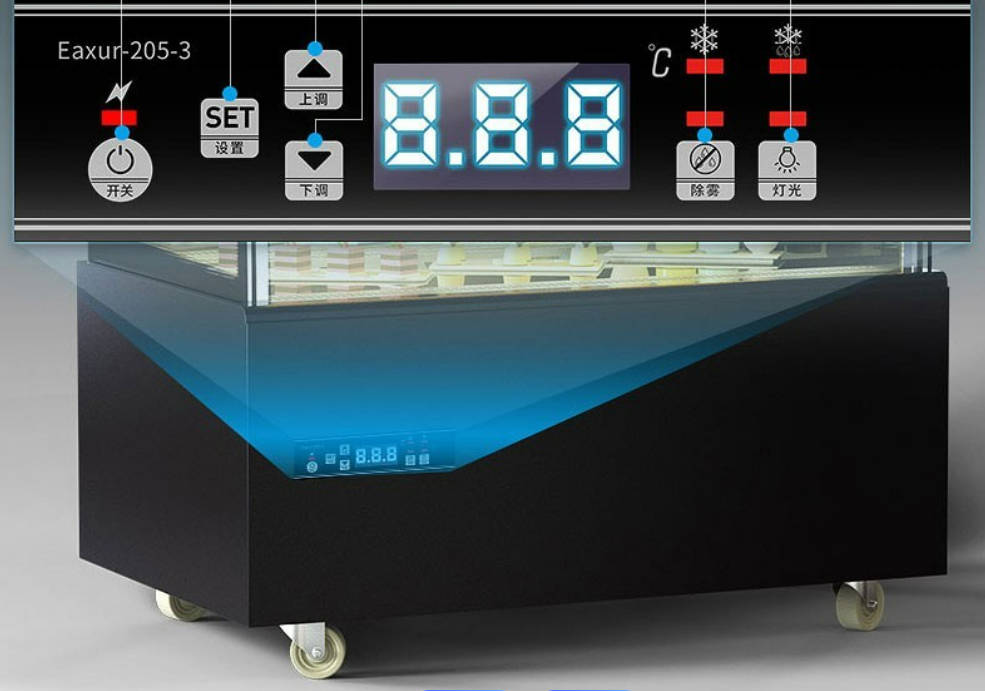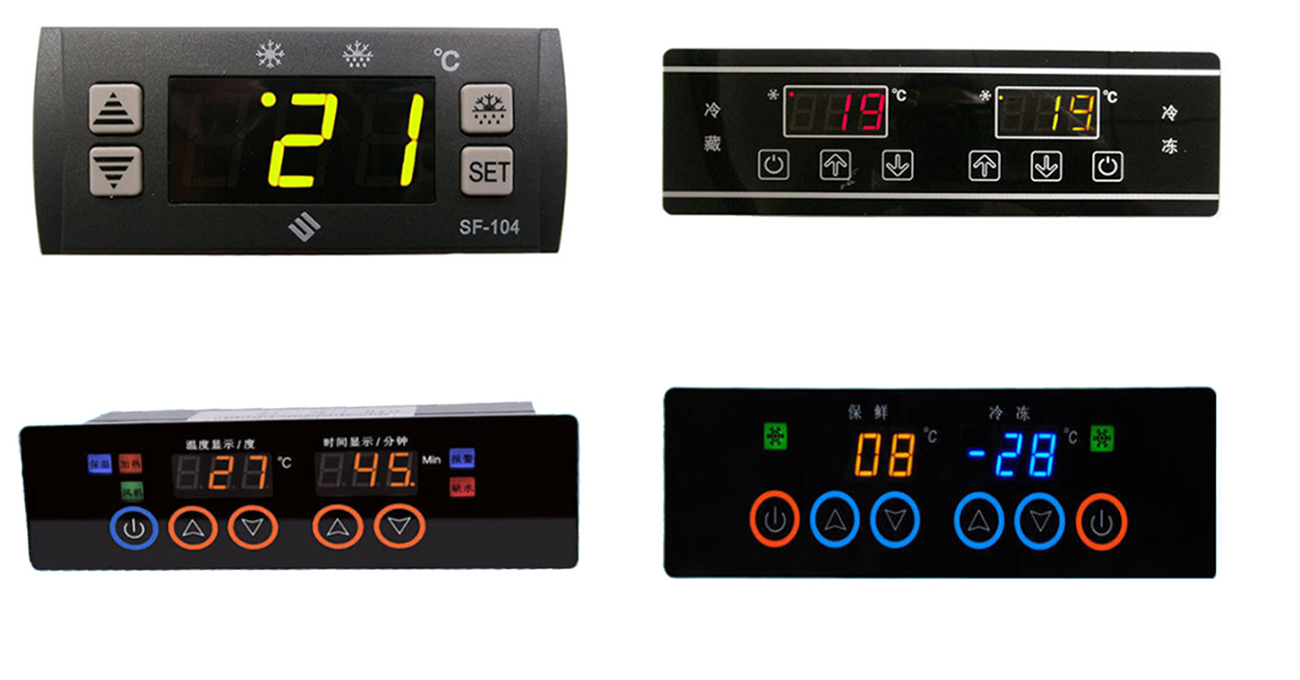The temperature controller of the refrigerator (with upright and horizontal) controls the temperature changes inside the box. Whether it is a mechanically adjusted refrigerator or an intelligent – controlled one, it requires a temperature – controlling chip as the “brain”. If there is a malfunction, it will not be able to detect the correct temperature. Most of the reasons are short – circuits, aging, etc.
I. nderstand the basic working principle
The basic principle of the refrigerator controller is as follows: The temperature – sensing element monitors the temperature inside the box in real – time. When the temperature is higher than the set value, it sends a start signal to the compressor, and the compressor runs to refrigerate. When the temperature drops below the set value, the controller sends a stop signal, and the compressor pauses working. This cycle ensures temperature stability.
Common temperature – sensing elements include the metal expansion – type temperature – sensing bulb and the semiconductor thermistor. The former uses the principle of thermal expansion and contraction of metals, while the latter is based on the characteristic that the resistance of semiconductor materials changes with temperature, thus accurately sensing temperature changes.
II. Master the basic structural compositionWhat is it?
The temperature controller is mainly composed of parts such as the temperature – sensing element, control circuit, and actuator. The temperature – sensing element, as the “antenna” for temperature sensing, is distributed at key positions inside the refrigerator. The control circuit receives the temperature signals transmitted by the temperature – sensing element, processes and judges them, and issues control instructions according to the preset program. Actuators such as relays control the start and stop of components such as compressors and fans according to the instructions of the control circuit.
In addition, some intelligent temperature controllers are also integrated with a display screen and operation buttons, which are convenient for users to set the temperature, view the running status of the refrigerator, etc., making temperature control more intuitive and convenient.
III. What are the operation methods of different types of refrigerators?
The operation methods of temperature controllers vary. For the mechanical knob – type temperature controller, the temperature gear is adjusted by rotating the knob with scales. Users can select the appropriate gear according to the season and usage needs. It is simple and easy to operate, but the accuracy is relatively low.
For the electronic touch – type temperature controller, users only need to touch the buttons on the display screen to set the specific temperature value. Some products also support remote control via a mobile phone APP, allowing users to adjust the refrigerator temperature anytime and anywhere, and can achieve precise temperature control to meet diverse usage scenarios.
IV. Do you know the temperature control logic?
The temperature controller follows a certain control logic to maintain the temperature stability of the refrigerator. It does not stop working exactly when the set temperature is reached. Instead, there is a temperature fluctuation range. For example, if the set temperature is 5℃, when the temperature inside the refrigerator rises to about 5.5℃, the compressor starts to refrigerate. When the temperature drops to about 4.5℃, the compressor stops running. The setting of this fluctuation range can not only prevent the compressor from starting and stopping frequently, extending the service life of the equipment, but also ensure that the temperature inside the refrigerator is always in an appropriate range to ensure the freshness – keeping effect of food.
At the same time, some refrigerators also have special modes such as quick – freezing and energy – saving. In different modes, the temperature controller will adjust the control logic to achieve the corresponding functions.
V. You need to know about troubleshooting and maintenance
When the temperature of the refrigerator is abnormal, the temperature controller may be one of the sources of the fault. If the refrigerator does not refrigerate, first check whether the temperature controller settings are correct and whether the temperature – sensing element is loose or damaged. If the refrigerator keeps refrigerating and the temperature is too low, it may be that the contacts of the temperature controller are stuck and cannot disconnect the circuit normally.
In daily use, regularly clean the dust on the surface of the temperature controller to avoid affecting its heat dissipation and normal operation due to dust accumulation. Avoid frequent temperature adjustment to reduce the wear of the internal components of the temperature controller. If a fault is found in the temperature controller, non – professional personnel should not disassemble it casually. Instead, contact professional maintenance personnel in a timely manner for inspection and replacement.
Post time: May-27-2025 Views:


